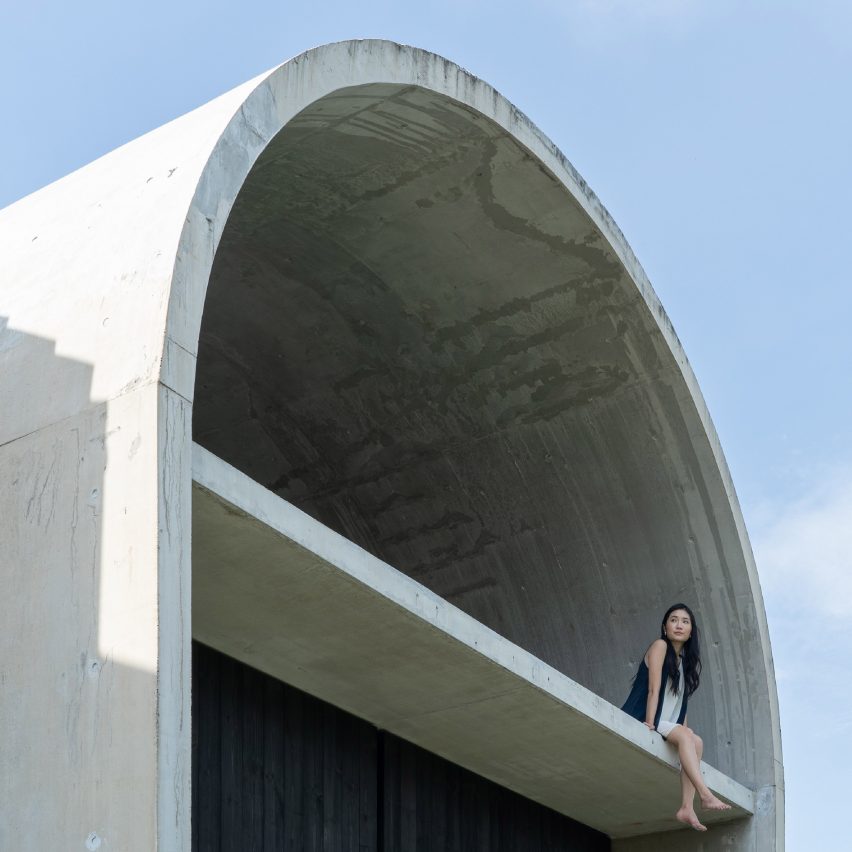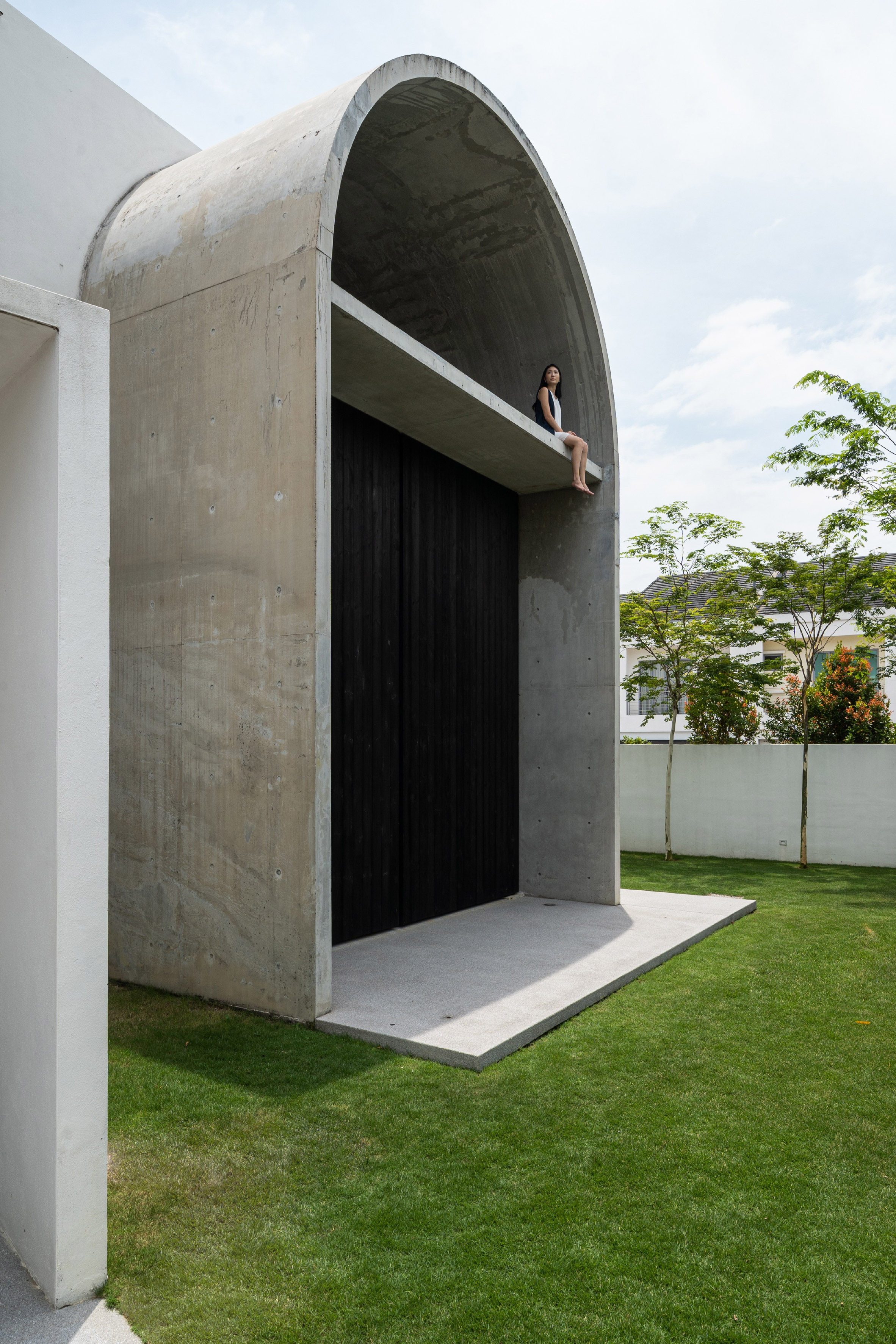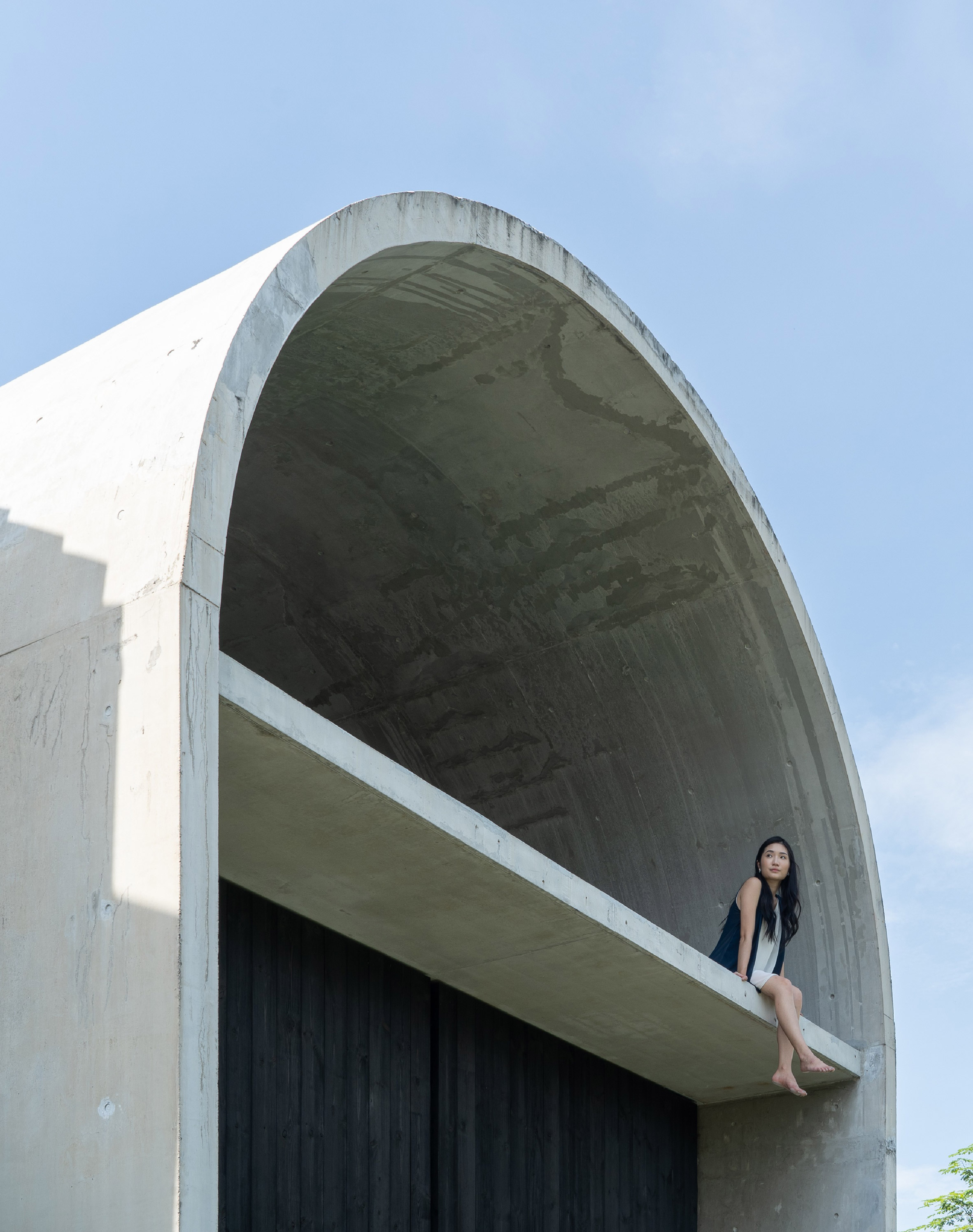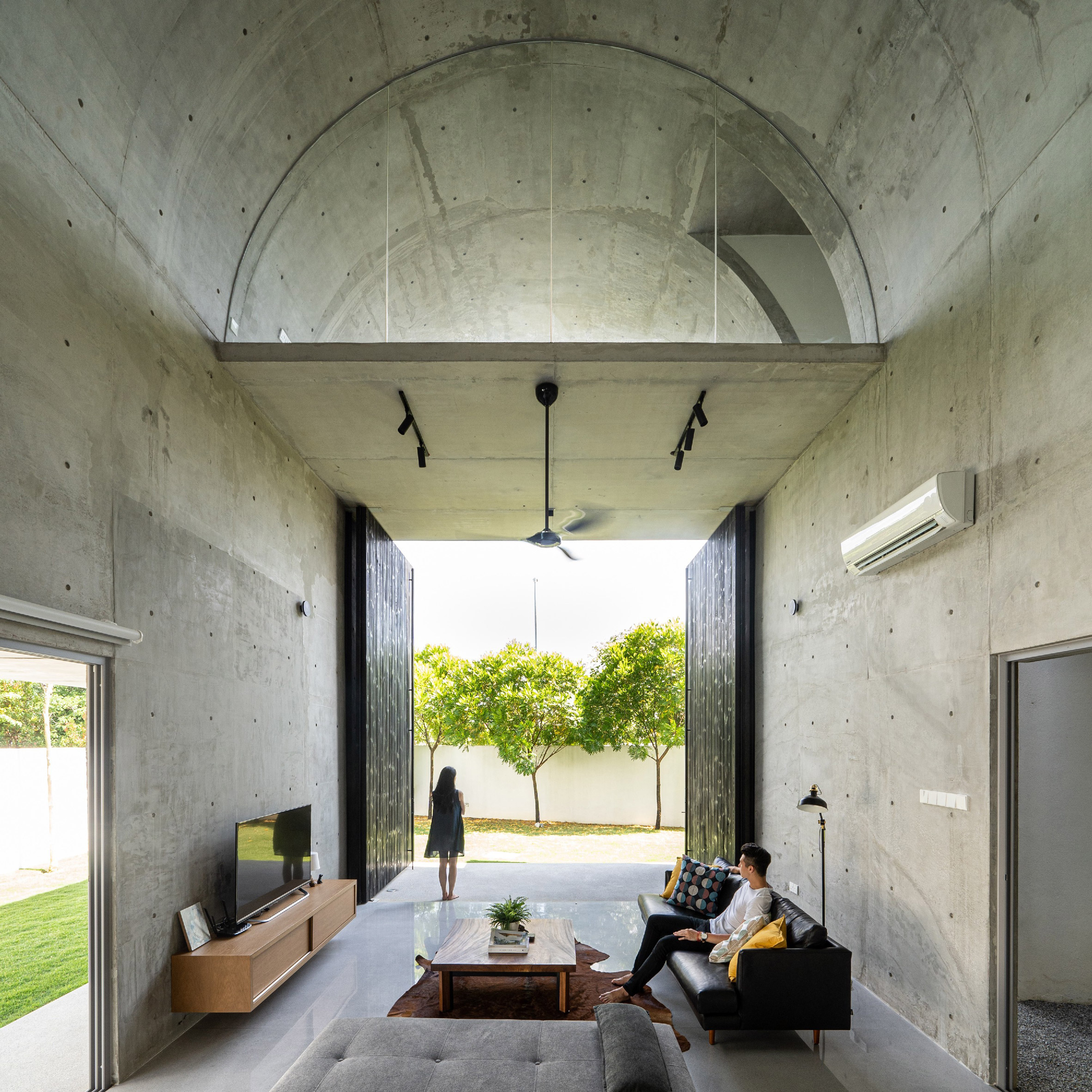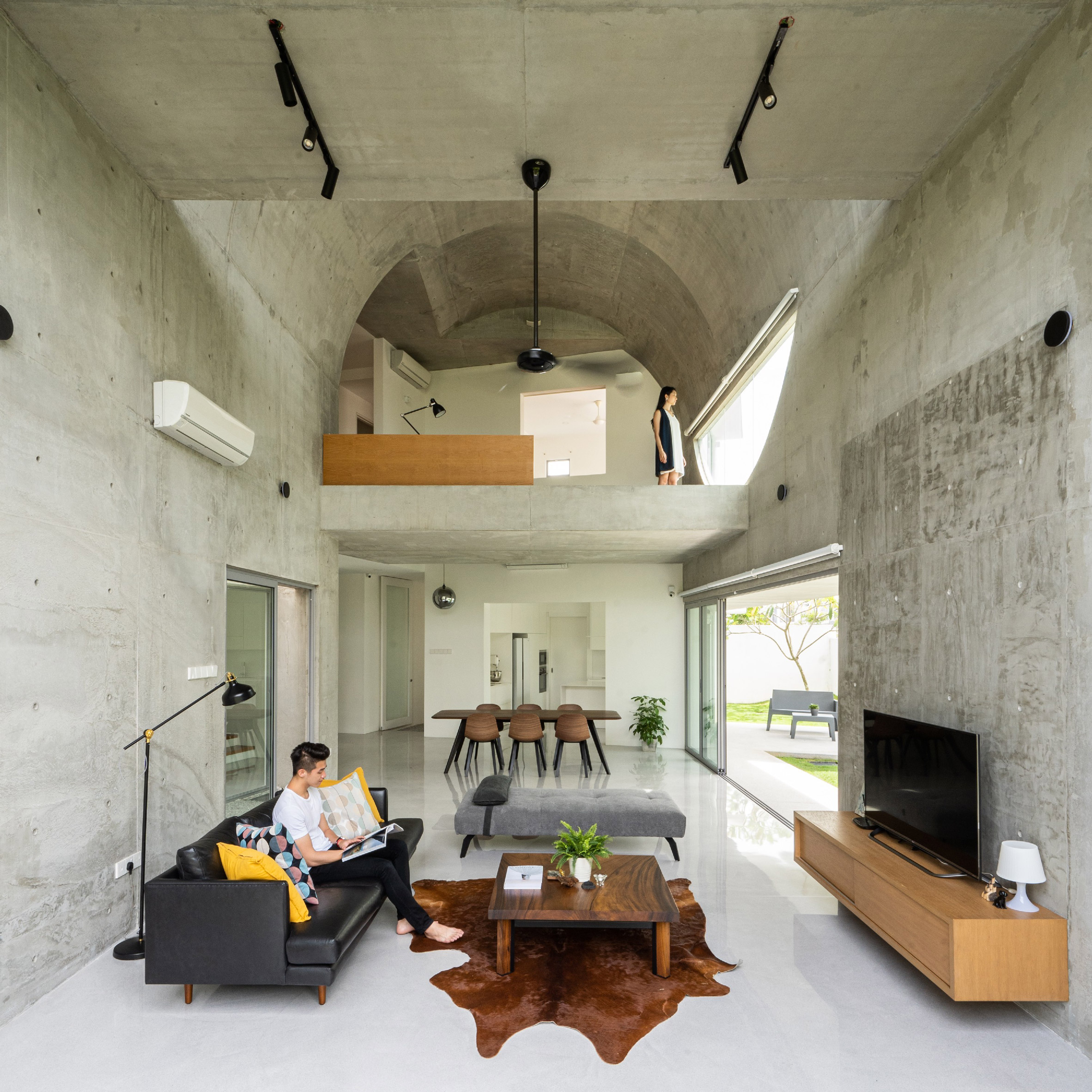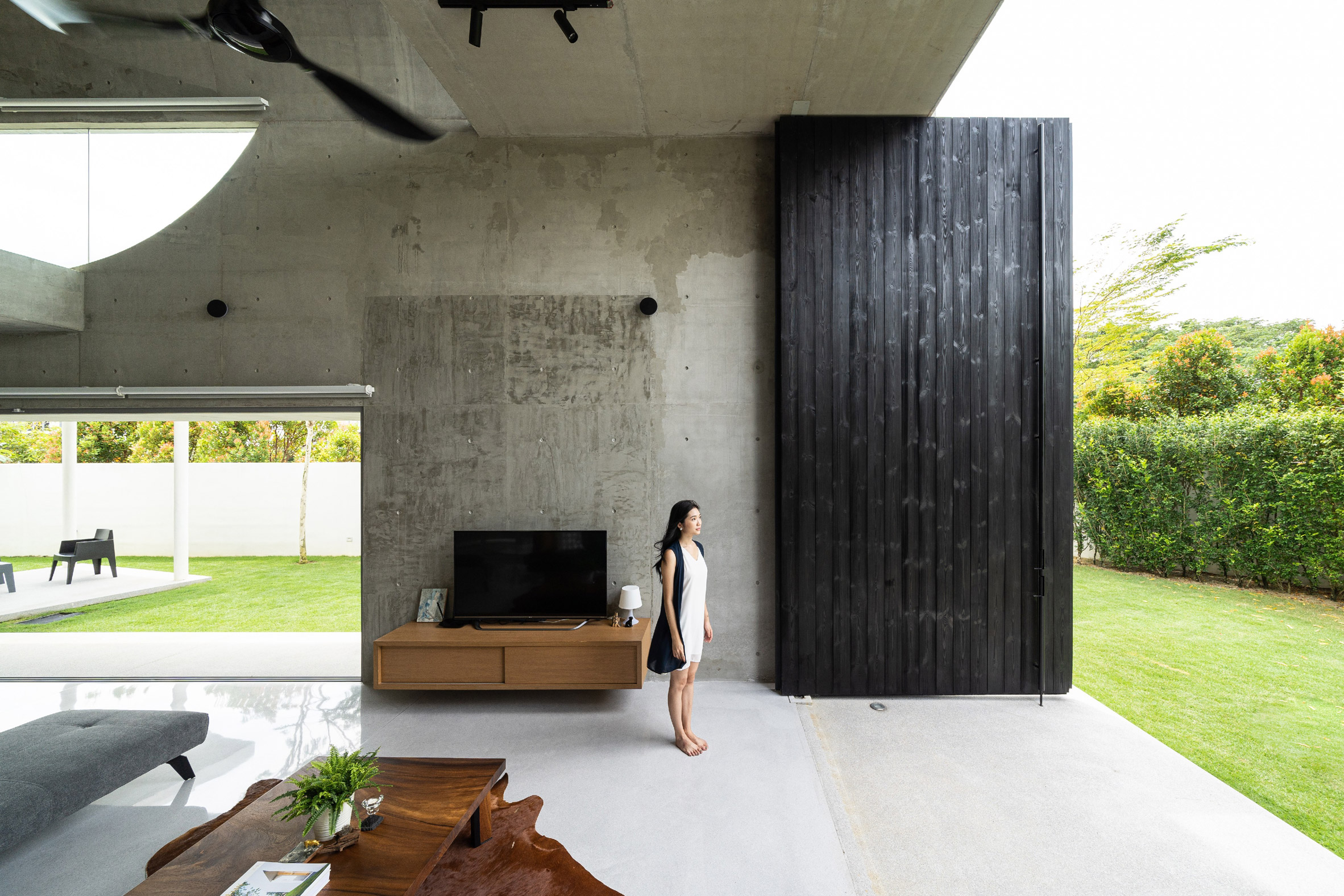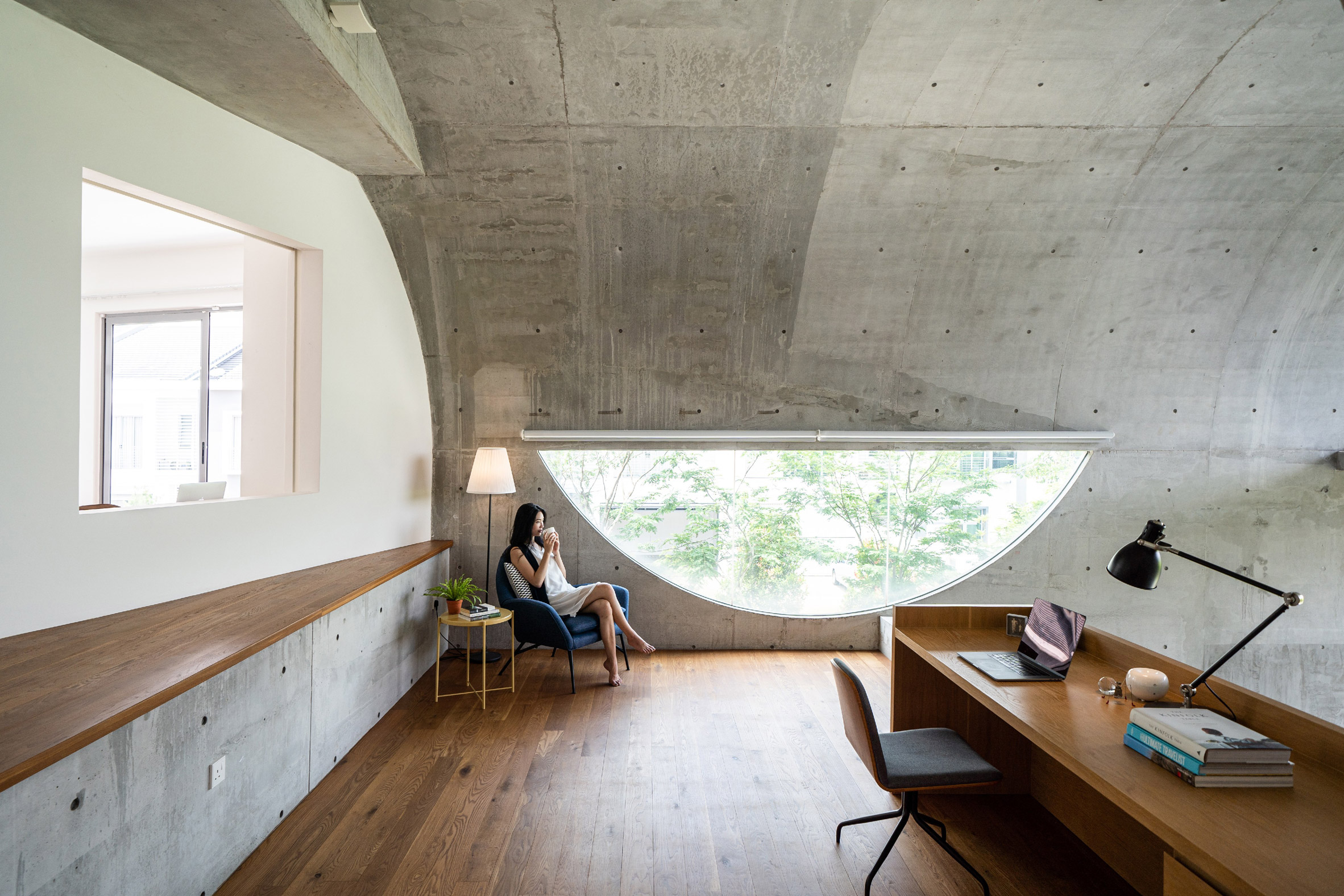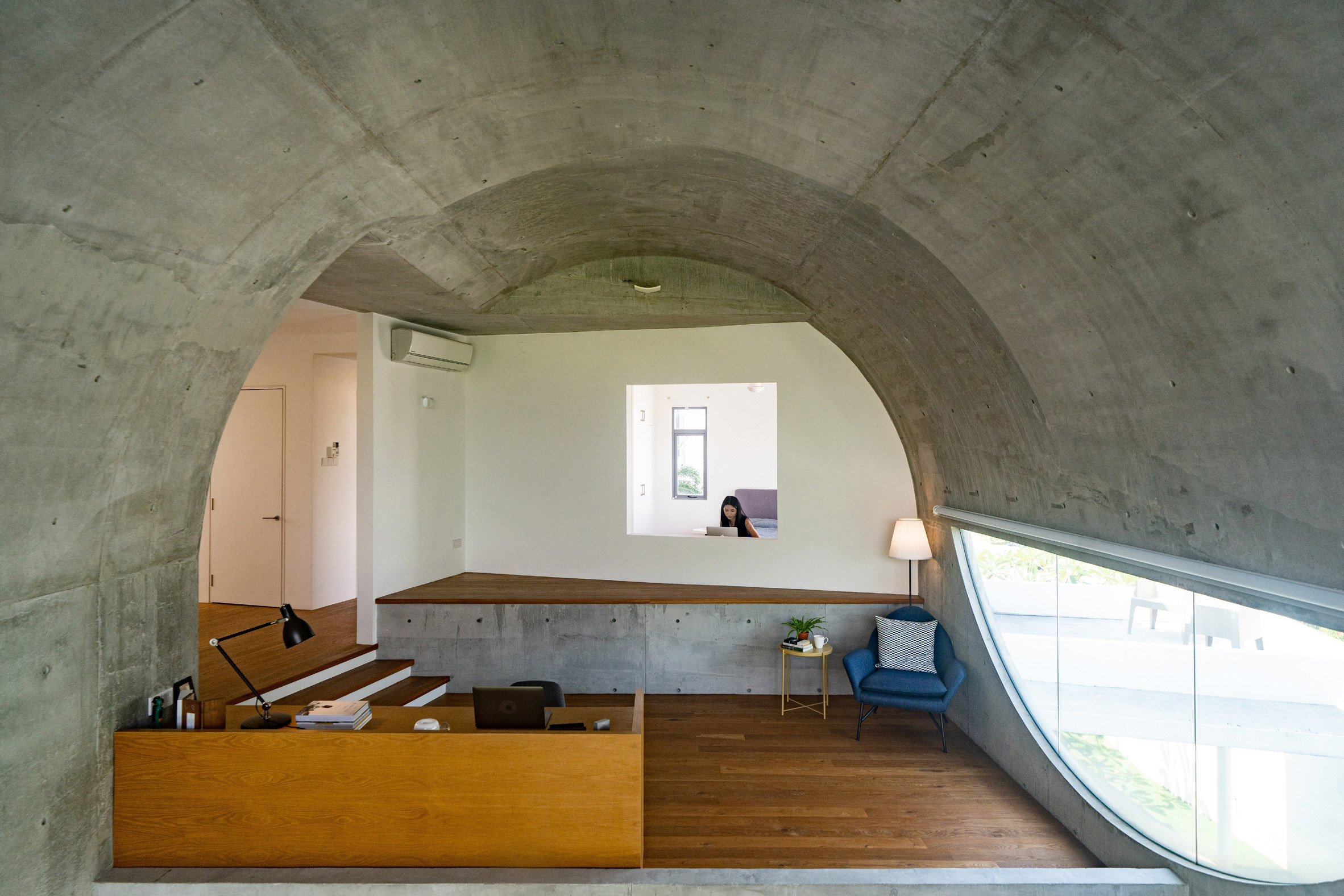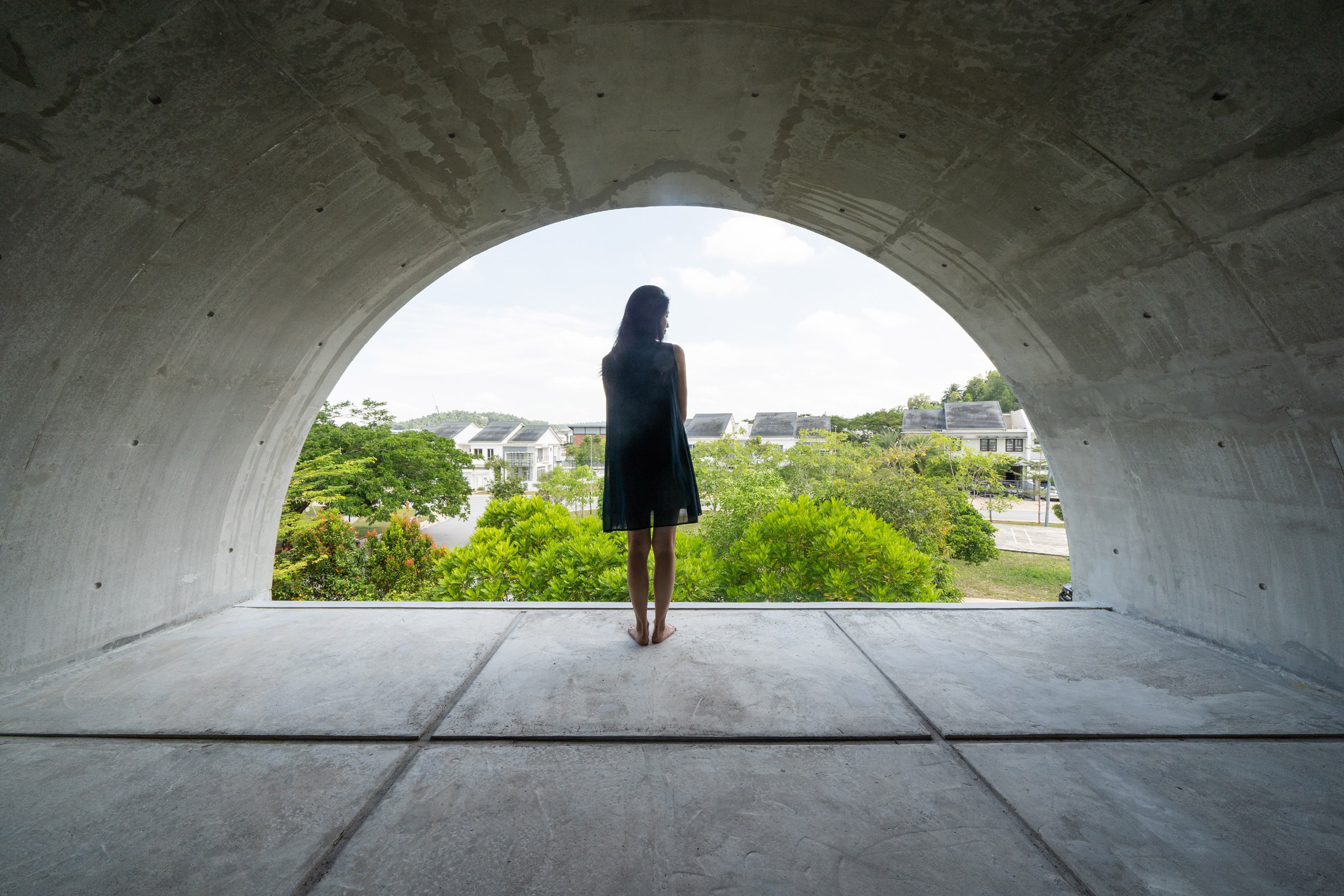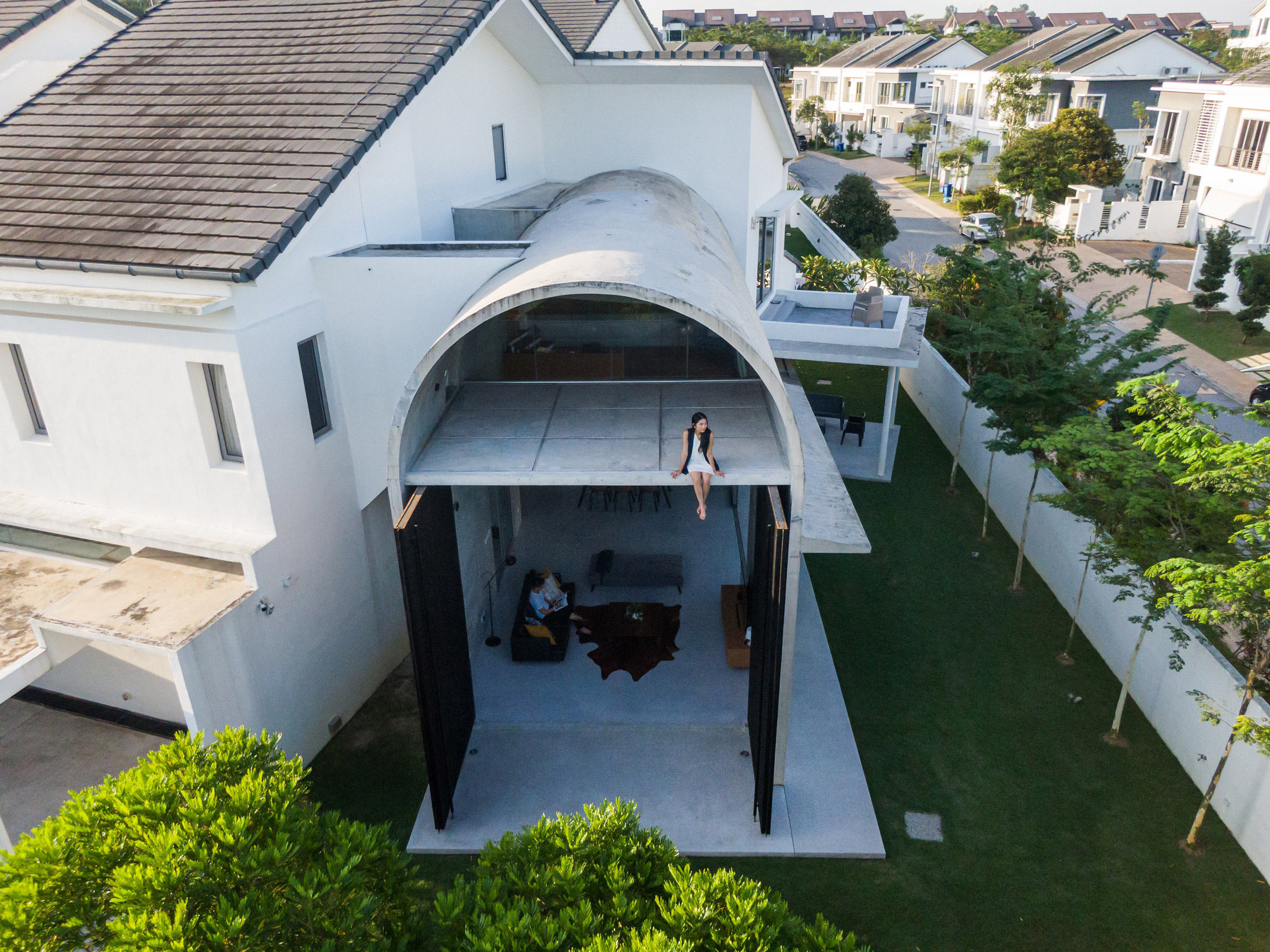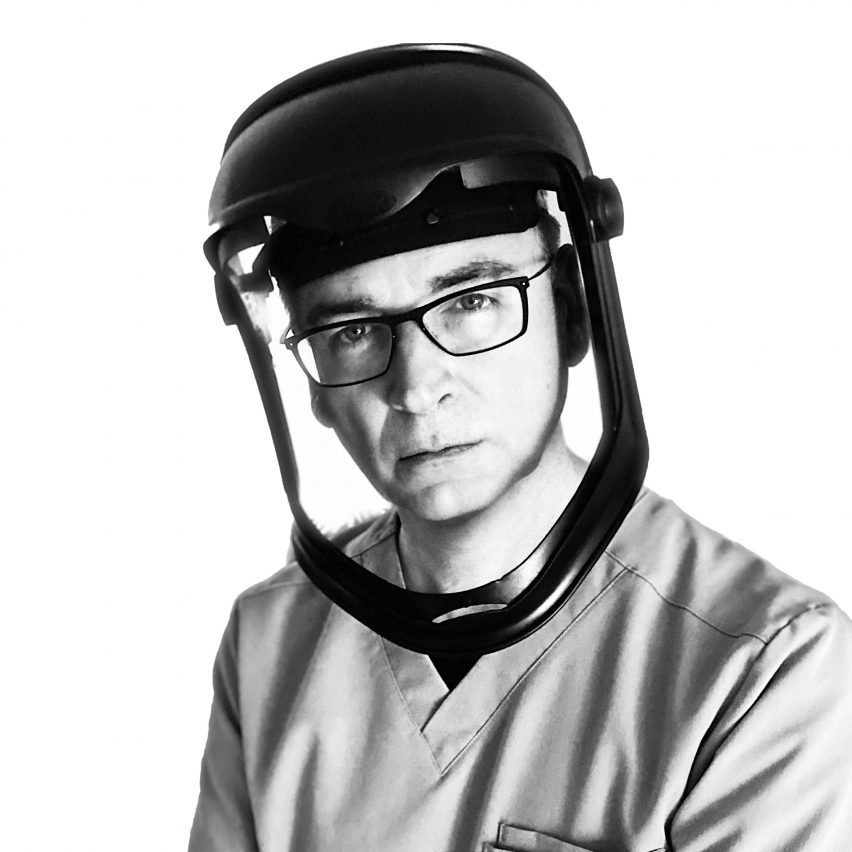Face shields offer more effective protection against coronavirus than masks and should be worn by the public whenever they leave home, according to US physician and epidemiologist Michael Edmond.
Edmond, an infectious diseases physician and hospital epidemiologist in Iowa City, USA, has been advocating the use of face shields on his blog.
He believes the simple devices are more effective than masks at protecting the eyes, nose and mouth from Covid-19 infection and praised efforts by architects and designers to manufacture the devices as "one of the silver linings of this pandemic".
"I think every person should have a face shield," Edmond told Dezeen. "It should be worn anytime they leave their home, while in any public place, and even at work."
"I believe that if every person wore a face shield when out of their home, we would bend the curve faster and return to normal life sooner."
"Several important advantages" over masks
They provide better facial protection than masks, Edmond believes, as well as being reusable and more comfortable. They also prevent wearers from touching their faces and make it easier to communicate with others, since the mouth is visible.
The simplest face shields consist of transparent visors that cover the face, plus a securing mechanism such as a strap or headband to hold them in place. Some versions are disposable while other more rugged designs can be reused after sterilisation.
With personal protective equipment (PPE) in short supply in many countries, many healthcare workers have been using face shields designed for workers in construction or other industries.
In the photo at the top of this story, Edmond wears a Uvex Bionic shield, described by its manufacturer as "a revolutionary face shield designed for rugged jobs" that is "perfect for workers exposed to impact, chemical splash, and airborne debris".
"I'm wearing the face shield that I wear to see patients," Edmond said of the photo.
In addition, architects and designers have been producing simple face shields for local hospitals, turning over their model shops and fab labs to the production of the devices.
Edmond praised their efforts, saying: "I appreciate anything that serves to improve the supply of PPE. The efforts of industry and the community to help us are one of the silver linings of this pandemic."
"The shield should extend below the chin"
Edmond offered advice for designers wanting to produce shields.
"The most important design consideration is coverage," he said. "The shield should extend below the chin vertically and to the ears on the periphery.
"In addition, there should be no gaps that would allow droplets to reach the face," he added. "Some 3D-printed designs have a gap between the forehead and the front of the shield that is not optimal."
With masks and isolation gowns also in short supply, Edmond believes the healthcare industry has become too reliant on single-use PPE.
"I think a key lesson is that we are far too dependent on disposable products in healthcare," he said. "Isolation gowns used to be made of cloth and laundered after use. We're now interested again in cloth gowns."
Here is a transcript of the email interview with Edmond:
Marcus Fairs: Tell me who you are.
Michael Edmond: I am an infectious diseases physician and hospital epidemiologist in Iowa City, Iowa.
Marcus Fairs: What are you wearing in the photo?
Michael Edmond: I'm wearing the face shield that I wear to see patients. It's the Uvex Bionic. There's a photo of it on my blog here.
Marcus Fairs: Tell me about the HAI (hospital-acquired infections) Controversies blog that you contribute to. That's how I found about about you.
Michael Edmond: The blog focuses on controversial issues in infection prevention. Right now, the focus is on Covid-19.
Marcus Fairs: How has coronavirus impacted your life and work, and that of your colleagues in Iowa?
Michael Edmond: Covid-19 has had a huge impact on hospitals. All elective surgeries and procedures have been cancelled, many support staff are working from home and enormous efforts have gone into preparation for, and logistics of providing care to, large numbers of patients with this infection.
Marcus Fairs: Much of the discussion about protecting healthcare workers treating coronavirus patients has focussed on masks. But on your blog, you've been promoting the use of face shields. Why is that?
Michael Edmond: Face shields have several important advantages over face masks. They provide greater facial surface area coverage than masks by protecting all of the areas where the virus enters the body (the eyes, nose, and mouth). Unlike cloth or fiber masks, the virus is unable to penetrate the plastic shield.
They also prevent you from touching your face. One of the major drawbacks of face masks is that many touch their faces more often to adjust the mask, and this poses a risk for infecting themselves by contaminated hands.
Face shields are durable, can be cleaned after use, and reused repeatedly. Many people (myself included) find face shields more comfortable than face masks. Communication is better with shields than with face masks as your face is visible to patients and coworkers.
And importantly, given all the shortages of personal protective equipment at this time, this is a device that is diversified across other industries. There is greater availability since the medical supply chain is so stressed at this time.
Marcus Fairs: Do you advocate face shields for members of the public? Are shields better than masks?
Michael Edmond: I think every person should have a face shield. It should be worn anytime they leave their home, while in any public place, and even at work. There are no head-to-head comparisons of masks to face shields.
However, we do know that cloth face masks, though better than nothing, are less effective than medical-grade face masks, and masks provide no eye protection.
Marcus Fairs: What do you think of efforts by designers, architects, and brands like Apple to produce PPE including face shields and masks? Are their efforts helpful?
Michael Edmond: I appreciate anything that serves to improve the supply of PPE. The efforts of industry and the community to help us are one of the silver linings of this pandemic.
Marcus Fairs: Have you and your colleagues been using face shields produced in this way?
Michael Edmond: At my hospital, we have multiple face-shield types in use since no one vendor was able to meet our demand. Most of our shields were produced for non-medical uses (eg woodworking, agriculture, metal grinding).
Marcus Fairs: How can people who want to make face shields ensure the items they produce are useful, needed, comfortable and safe?
Michael Edmond: I think it's helpful to have end users trial prototype designs to evaluate usability, safety, and comfort.
Marcus Fairs: What are the crucial design considerations to bear in mind when producing face shields?
Michael Edmond: The most important design consideration is coverage. The shield should extend below the chin vertically and to the ears on the periphery. In addition, there should be no gaps that would allow droplets to reach the face. Some 3D-printed designs have a gap between the forehead and the front of the shield that is not optimal.
Marcus Fairs: I've seen descriptions of face shields made from fizzy-drink bottles and other found objects. Can these be useful too? Or are they counterproductive or even dangerous?
Michael Edmond: There's no reason why drink bottles would not work.
Marcus Fairs: Can architects and designers help out with other types of PPE?
Michael Edmond: Isolation gowns are also in short supply. I think a key lesson is that we are far too dependent on disposable products in healthcare. Isolation gowns used to be made of cloth and laundered after use. We're now interested again in cloth gowns (for isolation and for surgical procedures).
Marcus Fairs: What is the situation with the virus in Iowa? Do you have enough PPE?
Michael Edmond: We are seeing an increase in the number of cases in Eastern Iowa though it does not appear that we have reached our peak. PPE is in short supply at most hospitals; while levels are adequate in our area now, the question is whether there will be enough PPE to endure the entire outbreak. Face masks and N95 respirators are in shortest supply.
Marcus Fairs: What are your predictions as to how the pandemic is going to pan out?
Michael Edmond: I suspect the outbreak will continue for at least the next few months. Hopefully, we will begin to see the impact of social distancing and shelter in place policies. I believe that if every person wore a face shield when out of their home, we would bend the curve faster and return to normal life sooner.
The post "Every person should have a face shield" says epidemiologist Michael Edmond appeared first on Dezeen.
from Dezeen https://ift.tt/3bkcUTb
